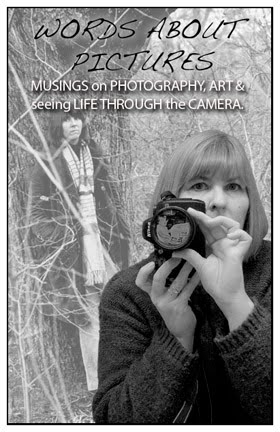 |
| Papa eagle joins mama (obscured to right) |
These are from earlier this week. For the past couple of days, I haven't seen mama eagle or youngsters. I think they may have fledged and are out practicing eagle ways. Tonight I saw papa eagle return to one of his favorite trees but no sign of the rest of the family.
Mama appears to do most of the hunting now, while papa keeps watch from favorite lookouts near the nest. He often practices treetop yoga, preens, and fluffs out feathers.
 |
| Mama eagle lifts off and heads for the delta. |
I would love to know where she goes. This time she flew off in the direction of Sequalitchew Creek to the north and joined another adult eagle. Maybe a grown child, a sibling? These two eagles are part of what seems to be a large extended family. We often seen several eagles soaring on the thermals together near our house. Earlier in the day before I photographed these images, I saw two adults and two juveniles about a block from my house. They might well have been my favorite eagle pair helping their fledgling kids learn the eagle ways. They were here for a few moments - long enough for me to notice - then south and down to the delta.
Visit my Talons Gallery for the growing collection of fine art prints I have available.






























